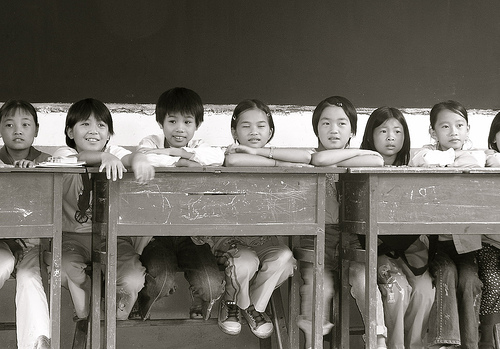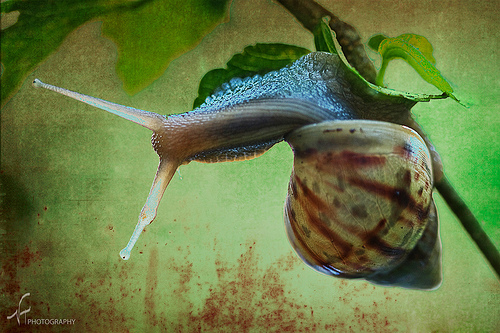I’ve joined the Images4Education group on flickr.
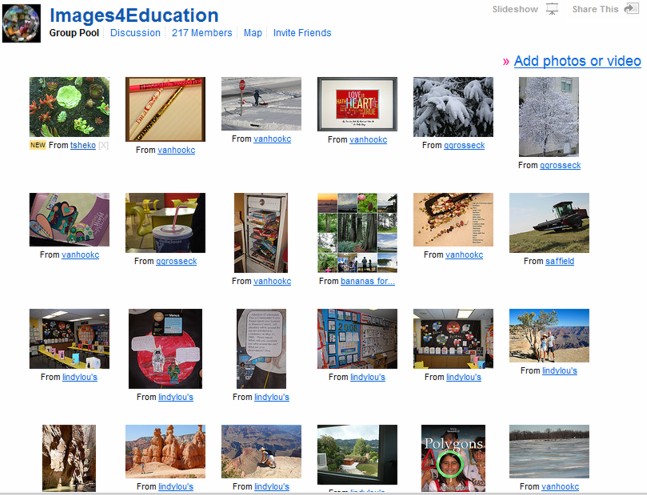
Like all photo groups, the collaboration and community is fantastic, but there’s the added focus on education. There’s something satisfying about using images that have a story or explanation, images that come from real people that we can communicate with. It’s easy to check permission and always possible to contact people for permission of use when you’ve added them as a flickr contact.
What’s even better is the NING supporting Images4Education.
One of the administators of this group, Carla Arena, offers 3 supportive offshoots:
a flickr-related discussion for the group
Shame that I’ve been too busy to participate in the 6-week online workshop focussing on using images in education.
In this six-week online workshop offered through the Electronic Village Online, participants will be introduced to various online image manipulation tools and will learn how to effectively incorporate these resources into their teaching practices. They will explore how images can be used in educational settings for photo sharing, storytelling, slideshows and comics creation, as well as understand how Creative Commons licensing can be beneficial for classroom use. By the end of the workshop, participants will have the chance to develop a plan to begin incorporating digital production into their lesson plans.
All is not lost, as browsing through the NING will attest to. Blog posts, discussions, photos and videos are some of the treats in store for you here.
Currently the focus is on digital storytelling. Members share their stories and links to their presentations. Sometimes a favourite book is recommended, for example, 99 ways to tell a story, and sometimes favourite tools will be reviewed or showcased, such as Capzles or other tools.
What may seem like a trivial theme always turns out to be a fascinating learning experience. A good example is ‘What’s on your table. A gastronomic view of our group’. Scroll through this page and you’ll learn about cultures and customs through colourful photos of food and get-togethers.
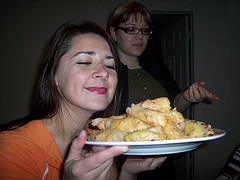
Some of the images are clickable and take you to a page with information about the picture.

Here’s a photo with everything on my plate (yes, I know! I’ll have to exercise the whole month after this gastronomic orgy!). We put the Feijoada over the white rice, eat the oranges and the collard greens. Some put the fried plantains with the rice and beans.On this photo, you cannot see the fried yuca and the cassava flour which are also very traditional side dishes to the Feijoada. You have to try it! It’s irresistible. Even better with cold beer or Caipirinhas, our national drink made of lime.
The NING has excellent groups such as one dealing with everything you need to know about using flickr, or everything you need to know about Creative Commons.
There’s a slideshows group, a Moodle tools group (which I’m yet to investigate), and a lesson plans group.
I usually zoom in on the discussion forum for ideas and links.
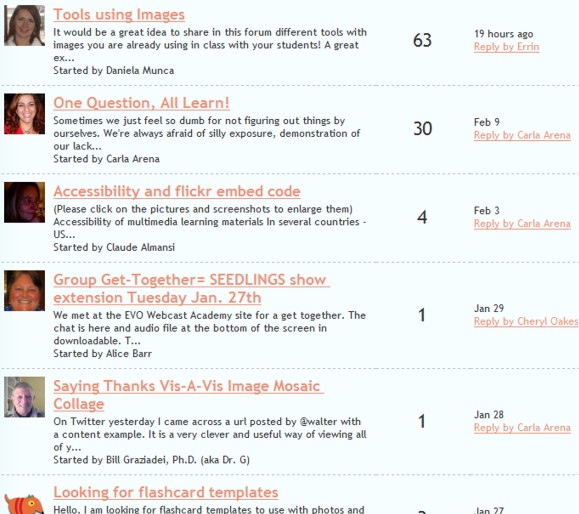
The best way to discover what else is available is to have a look for yourself. Images really are a wonderful way to engage learners and use creative teaching methods. There’s more to it than meets the eye!



